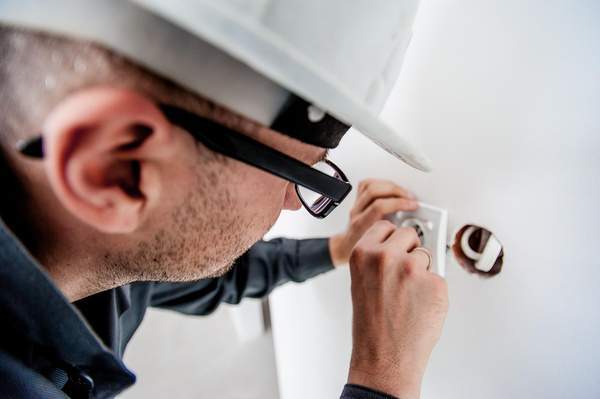Did you know that electrical hazards are among the leading causes of home fires in the US? This startling fact underscores the importance of understanding and addressing potential electrical dangers in your home. For homeowners, ensuring electrical safety is crucial to protect their property and loved ones. Drawing on extensive experience in the home inspection industry, let’s explore key insights and practical advice to help you identify and mitigate electrical hazards effectively.
Identifying Common Electrical Hazards
Electrical hazards often lurk in plain sight, and recognizing them is the first step towards prevention. During a home inspection, professionals pay special attention to:
- Outdated Wiring: Homes with wiring systems over 30 years old, such as knob-and-tube or aluminum wiring, are prone to failures and should be upgraded to meet current safety standards.
- Overloaded Circuits: Frequent tripping of circuit breakers may indicate overloaded circuits, which can be rectified by redistributing electrical loads or installing additional circuits.
- Improper Grounding: All electrical systems must be properly grounded to prevent electric shocks. Inspectors check for grounded outlets and verify grounding connections throughout the home.
Practical Tips for Homeowners
As a homeowner, there are several proactive measures you can take to enhance electrical safety:
- Install GFCIs: Ground Fault Circuit Interrupters (GFCIs) should be installed in areas prone to moisture, such as kitchens and bathrooms, to prevent electric shocks.
- Regular Maintenance: Conduct regular checks of electrical cords and appliances for fraying or damage. Replace damaged cords immediately.
- Consult Professionals: Always engage qualified electricians for any electrical work and consider periodic professional inspections to ensure compliance with the National Electrical Code (NEC).
Understanding Industry Standards
Adherence to industry standards is crucial in minimizing electrical hazards. The NEC sets forth guidelines that dictate safe electrical design, installation, and inspection practices. Engaging a certified home inspector familiar with these standards ensures that your home meets the latest safety requirements.
Electrical safety is paramount in safeguarding your home and family. By identifying common hazards and implementing practical solutions, you can significantly reduce the risks associated with electrical systems. For comprehensive evaluations and peace of mind, consider engaging professional home inspection services to uncover potential issues before they escalate.


Recent Comments